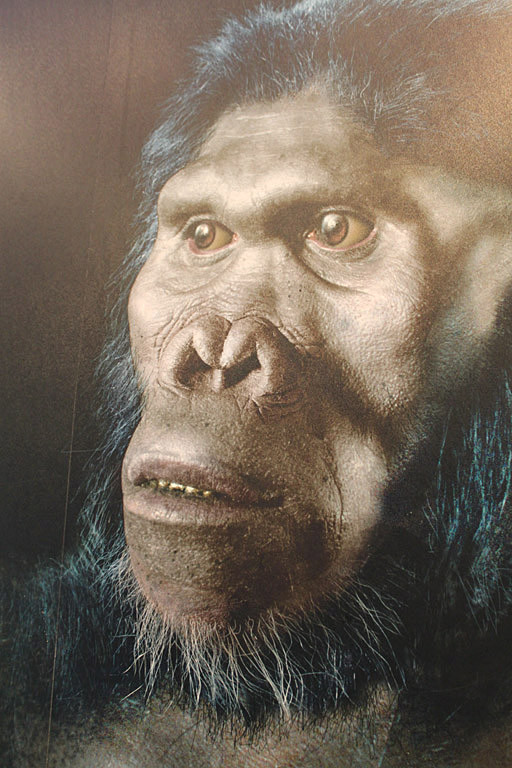Tanzania: 1.8 million years ago it was man versus beast to the death

Scientists have managed to reconstruct the habitat of early humans living in Tanzania. They analysed soil and fossils at a site in Olduvai Gorge to uncover details about the lives of human ancestors living in the area, some 1.8 million years ago.
The research, published in the Proceedings of the National Academy of Sciences, shows the hominins had access to freshwater, shelter and meat. However, they survived in a constant state of competition with other carnivores, all vying for the food, wandering the area.
Their results will help paleoanthropologists to discover more about the lives of early humans. "We were able to map out what the plants were on the landscape with respect to where the humans and their stone tools were found," said Gail Ashley, researcher working on the study.
"That's never been done before. Mapping was done by analysing the soils in one geological bed, and in that bed there were bones of two different hominin species."

The remains of these species – Paranthropus boisei and Homo habilis – underwent carbon isotope analysis to discover how long they had been in the soil.
These species were likely to be between 4ft 6in to 5ft 6in feet tall, and would live for between 30 to 40 years.
The soil itself was also tested, helping the scientists to recreate the environment.
The researchers say that the soil and bones were covered by a thin blanket of volcanic ash, which preserved them. This ash originated from the Olmoti volcano, just 10km from the site.
Life in Olduvai Gorge, 1.8 million years ago
They discovered that the early humans existed in Olduvai Gorge 1.8 million years ago, and the 25,000m<sup>2 site was home to aquatic plants, plenty of shelter and a spring which opened up on to a wetland.
"We don't think they were living there," Ashley said. "We think they were taking advantage of the freshwater source that was nearby."
It is believed that the site was used by the hominins for several decades – possibly even hundreds of years. Thousands of animal bones were also discovered on the site, from giraffes, elephants and wildebeests.
What remains unclear is how the hominins managed to find their food. While there is evidence of plenty of meat on the site, researchers do not know if the early humans hunted themselves, or if they fed on the leftovers of meals from lions and hyenas.
Ashley said: "[Researchers] have started to have some ideas about whether hominins were actively hunting animals for meat sources, or whether they were perhaps scavenging leftover meat source."
She added: "The subject of eating meat is an important question defining current research on hominins. We know that the increase in the size of the brain, just the evolution of humans, is probably tied to more protein."
Olduvai Gorge was discovered to be a site of early humans by Mary Leakey in 1959. Ashley and researchers from Swtizerland, Spain and the US, have been mapping the site since 1994.
© Copyright IBTimes 2025. All rights reserved.






















